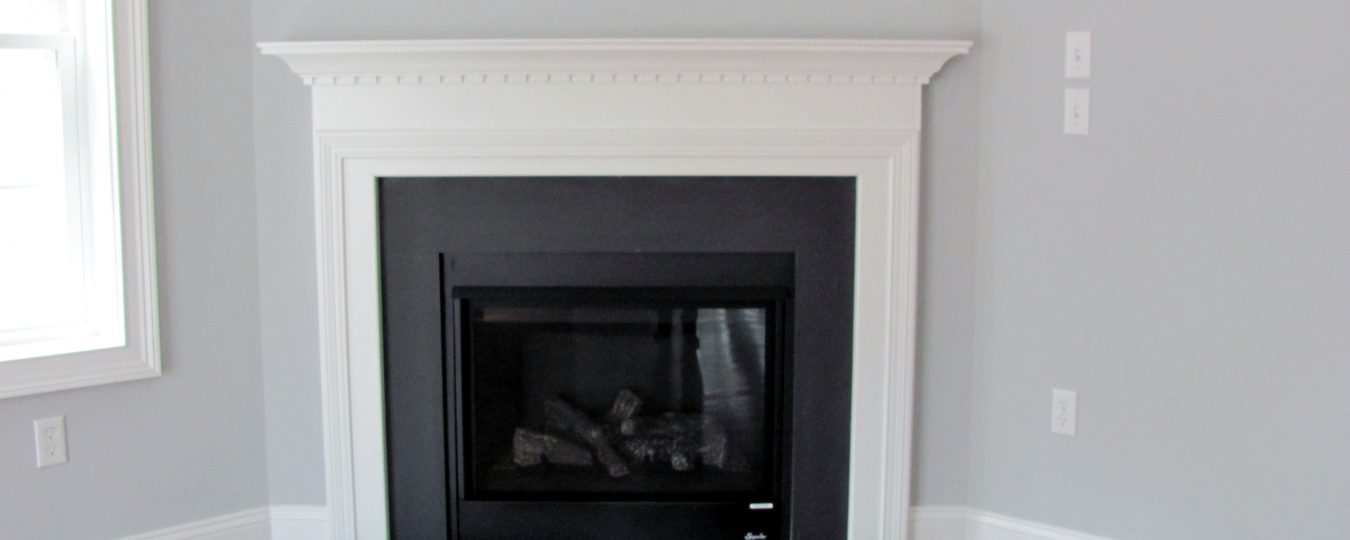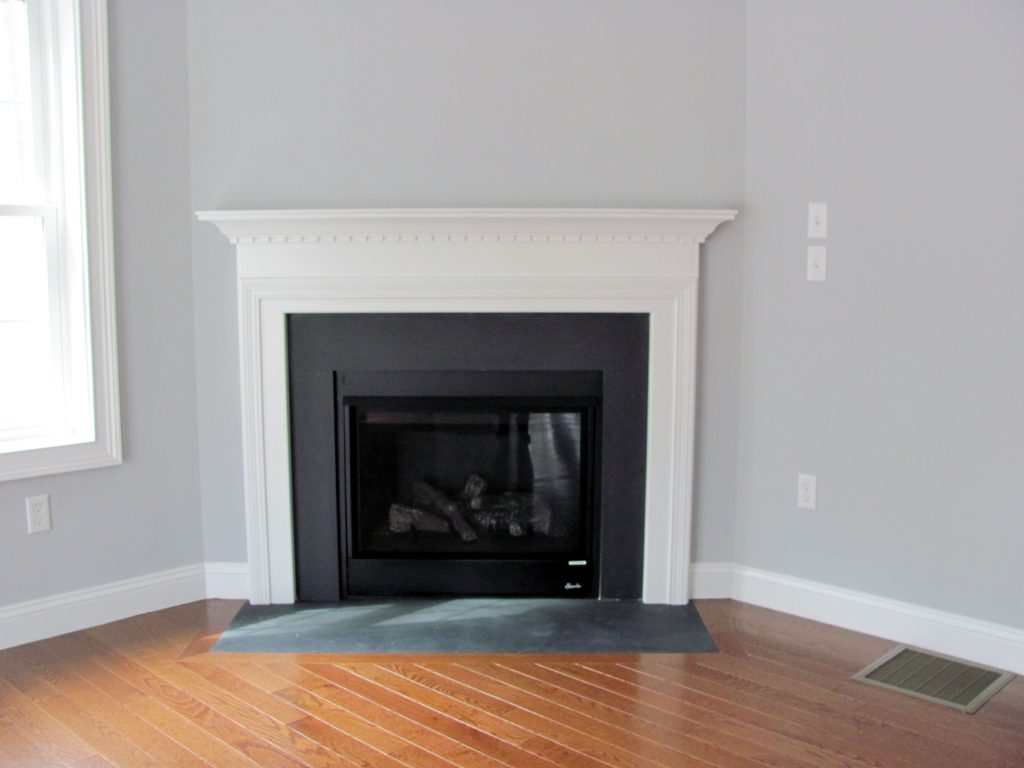

There’s nothing better than sitting in front of a cozy fire as the world turns white outside during a harsh New England winter. Fireplaces serve multiple functions. In addition to providing a source of heat, fireplaces add character to a home.
Depending on your needs, there are several different fireplaces to consider, including wood burning, gas, and electric fireplaces.
Wood Burning Fireplaces
Wood burning fireplaces are the oldest and most traditional fireplace option. Most people choose the wood-burning fireplace to create an authentic experience with the smell of burning wood and the fire’s crackle. However, wood-burning fireplaces are the most labor intensives. You will need a constant supply of dry, seasoned wood, soot builds up, ashes have to be cleaned out, and the chimney swept every season in case creatures made their home in the vent when the fireplace lay dormant.
Gas Fireplaces
If you don’t want to “throw another log on the fire,” a gas fireplace may be the direction you want to go. Gas fireplaces are significantly more efficient than wood-burning fireplaces and offer the charm of a real flame without the mess; they are easy to use and have less heat loss. Natural gas or propane can be used in a gas fireplace instead of wood.
Gas fireplaces come in three main varieties: B vent – pipe vents outside and more aesthetically pleasing than heat-producing; direct vent – two-part venting system that allows maximum heat efficiency; and ventless – no chimney or vent pipe needed with no heat loss.
Electric Fireplaces
Electric fireplaces are low-cost, do not require venting, and can be used for decorative purposes in any room with an electric outlet. Light technology creates the look of a real fire.
Harbor Classic Homes can help you determine which type of fireplace is best for your needs, from design to practical heating benefits.